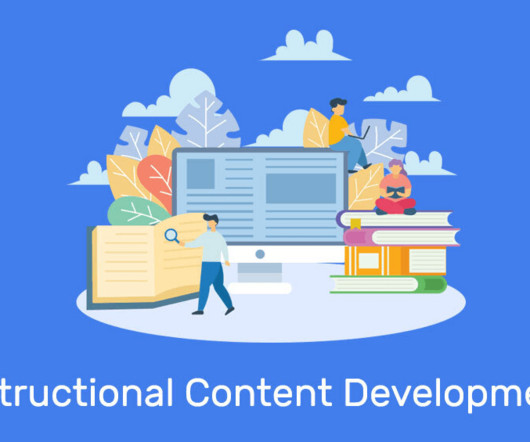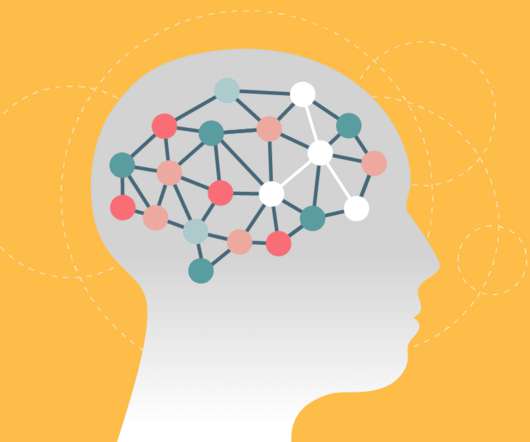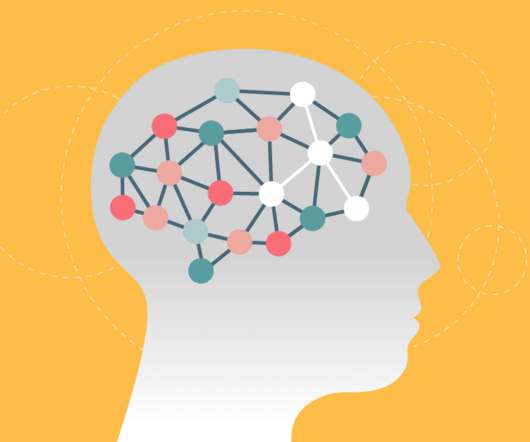Cognitive Load Theory: The Key to Smarter Instructional Design
Origin Learning
OCTOBER 15, 2014
What is cognitive load theory (CLT)? Attributable to John Sweller who developed this theory after thoroughly studying problem solving, CLT provides guidelines for improving learning and retention by focusing on the memory capacity of human beings. This is what a schema does: it helps in shedding some of the cognitive load.











































Let's personalize your content